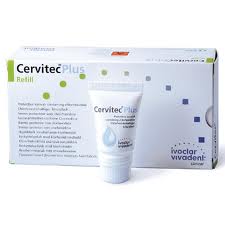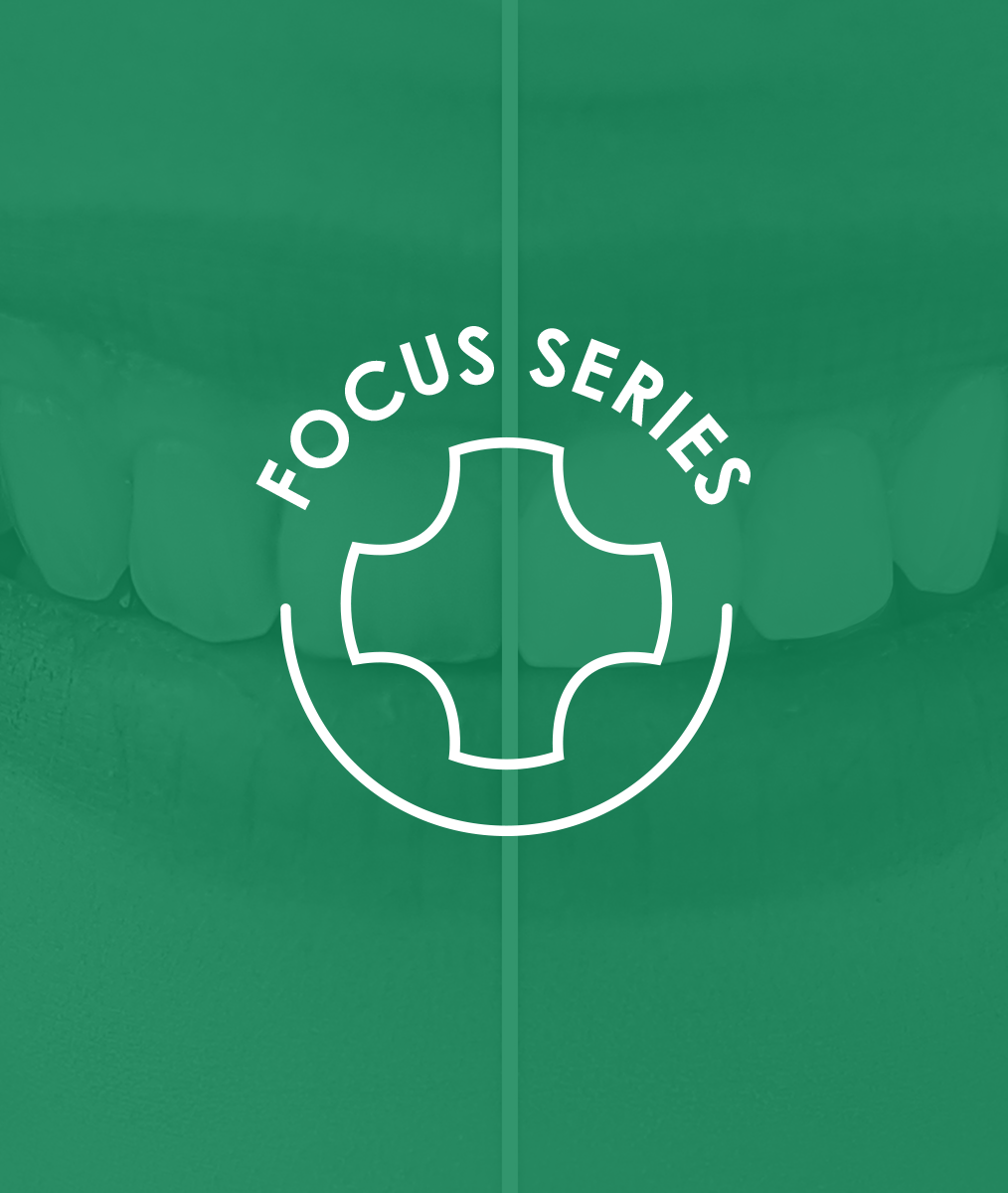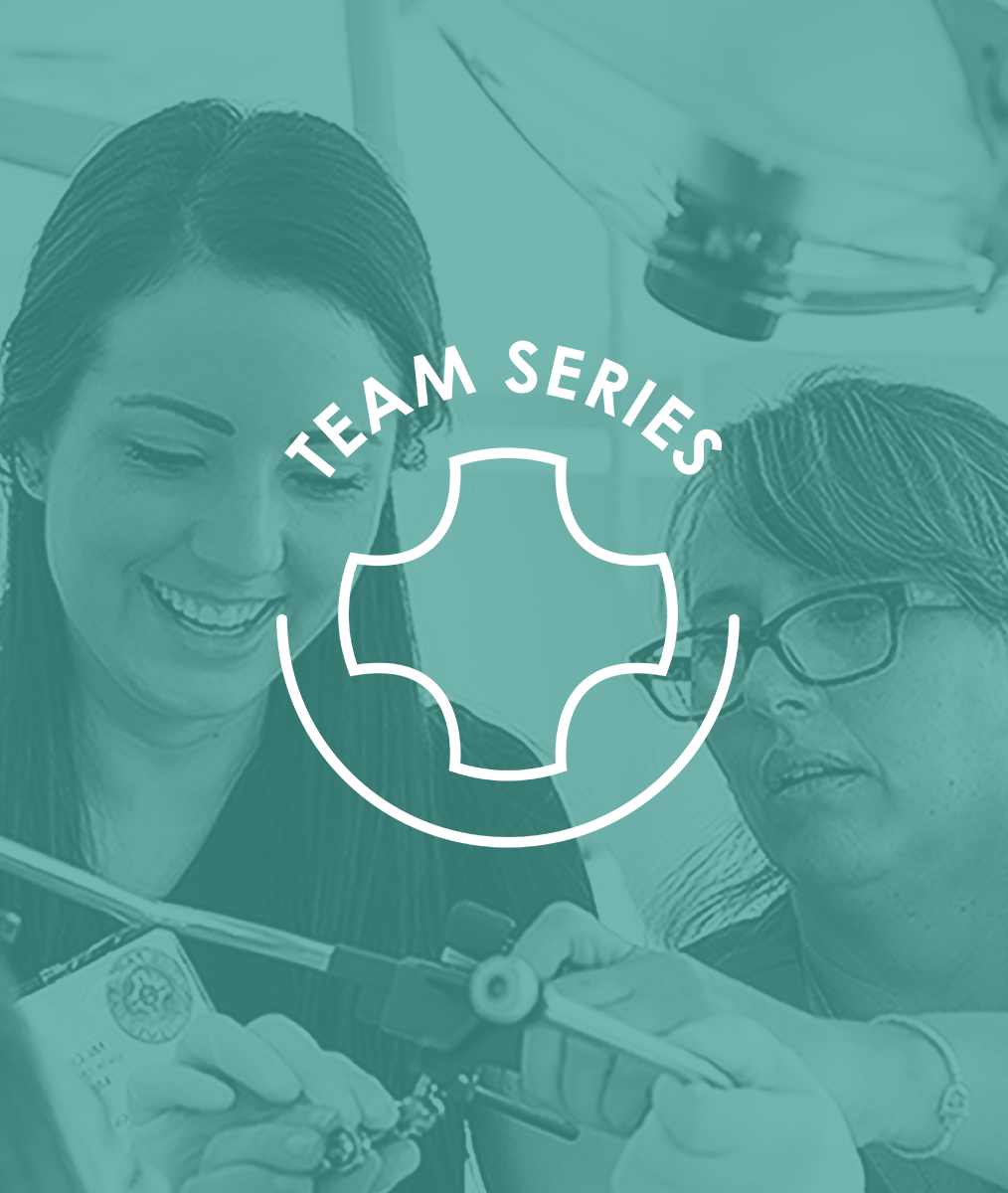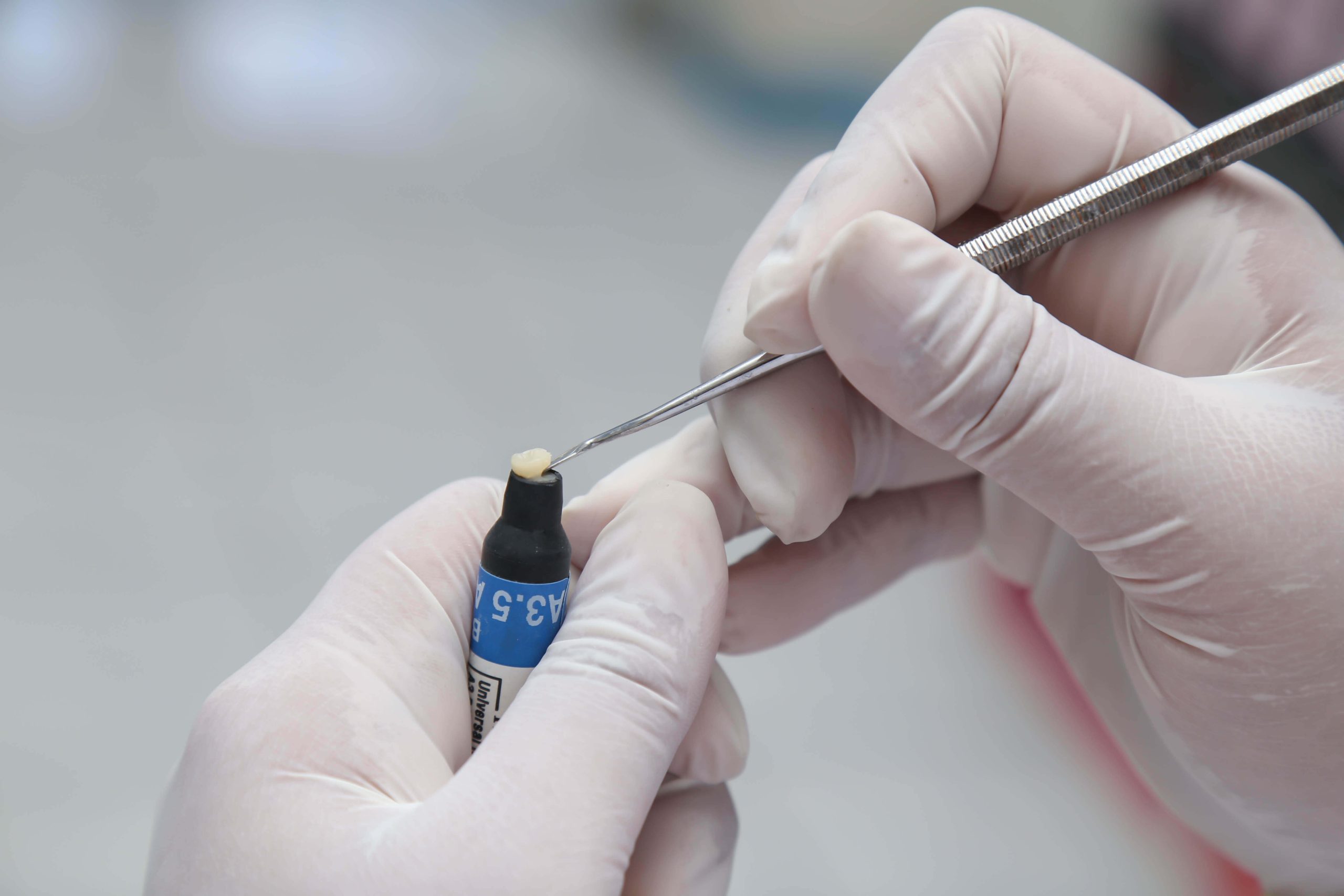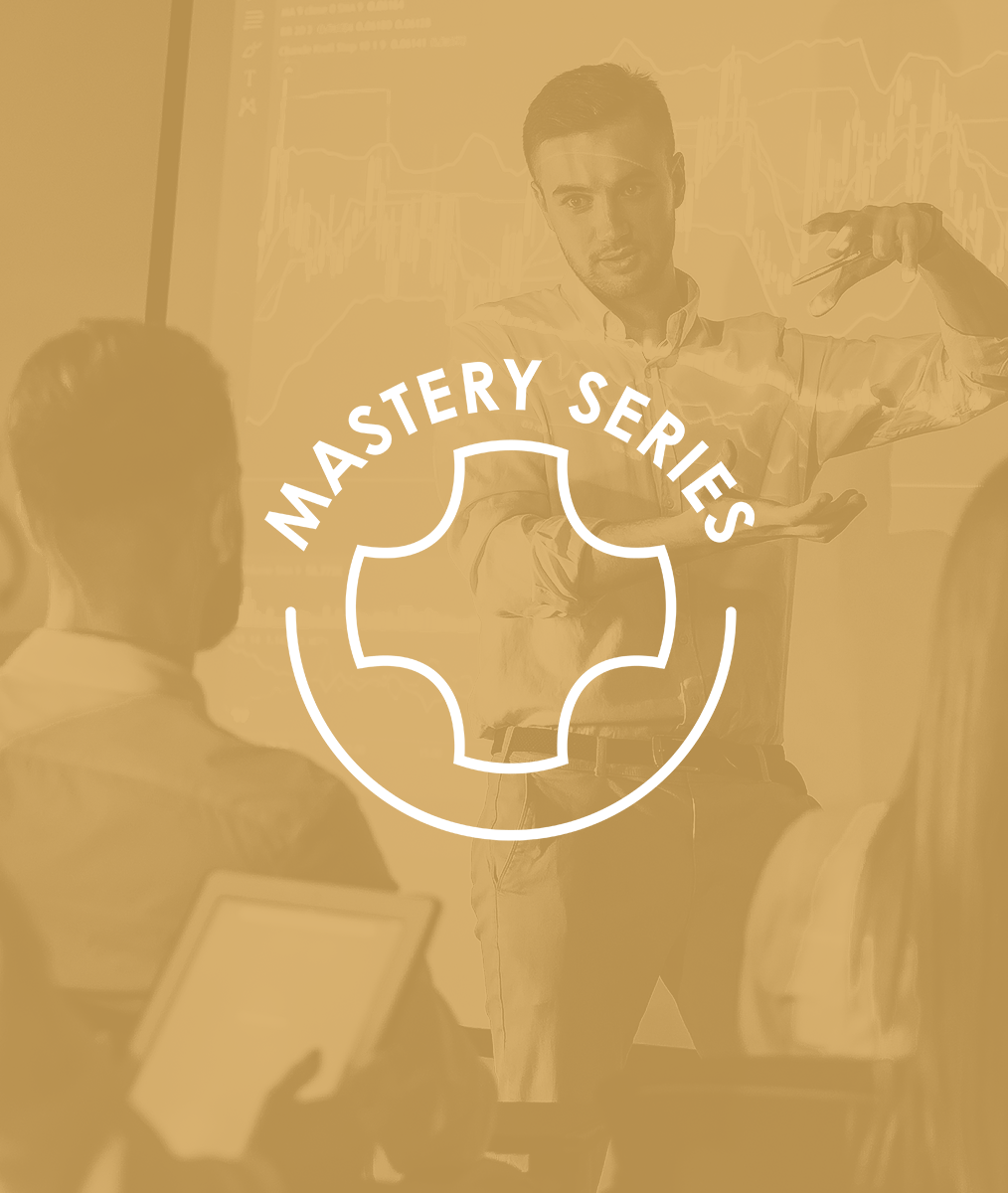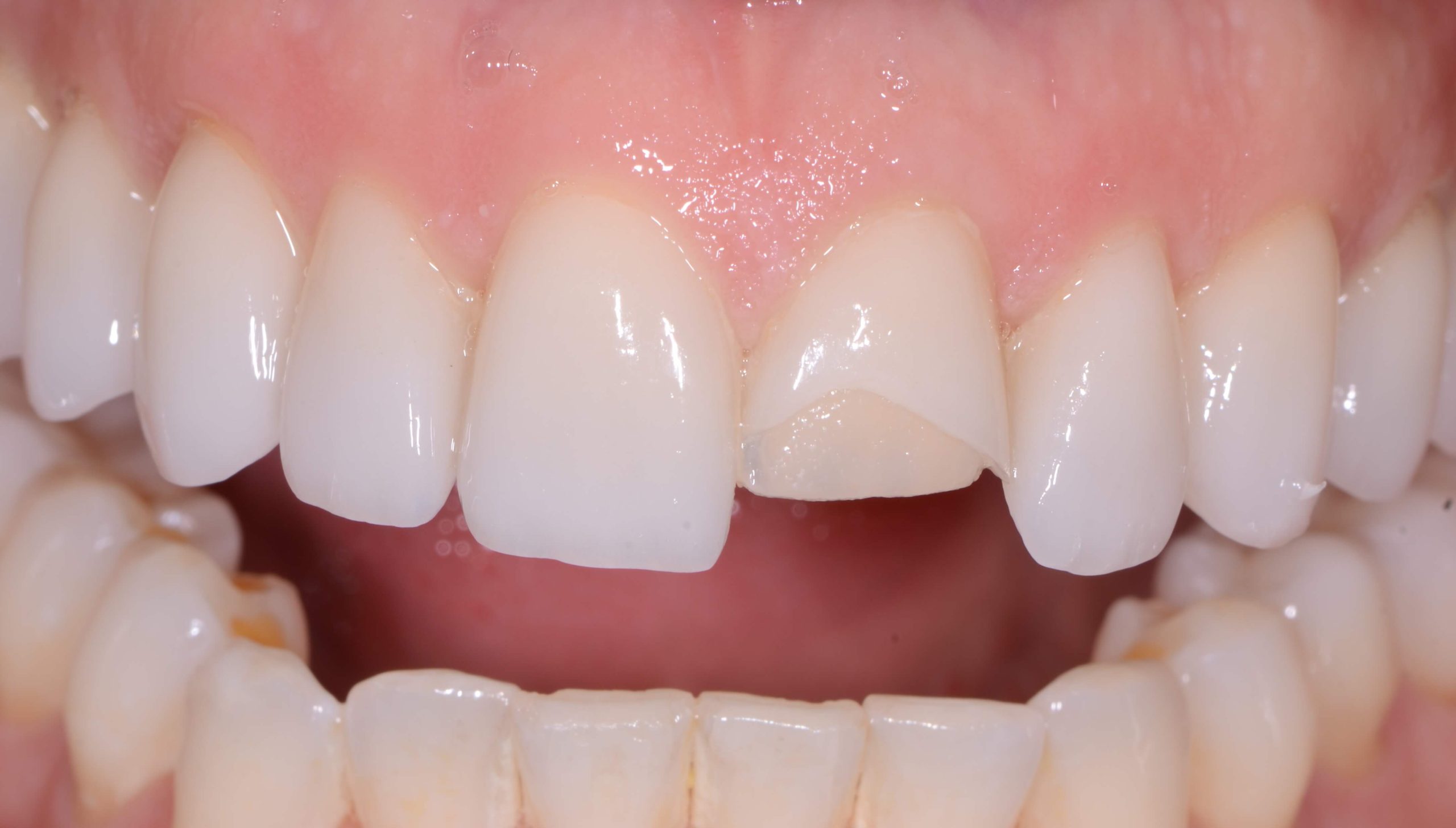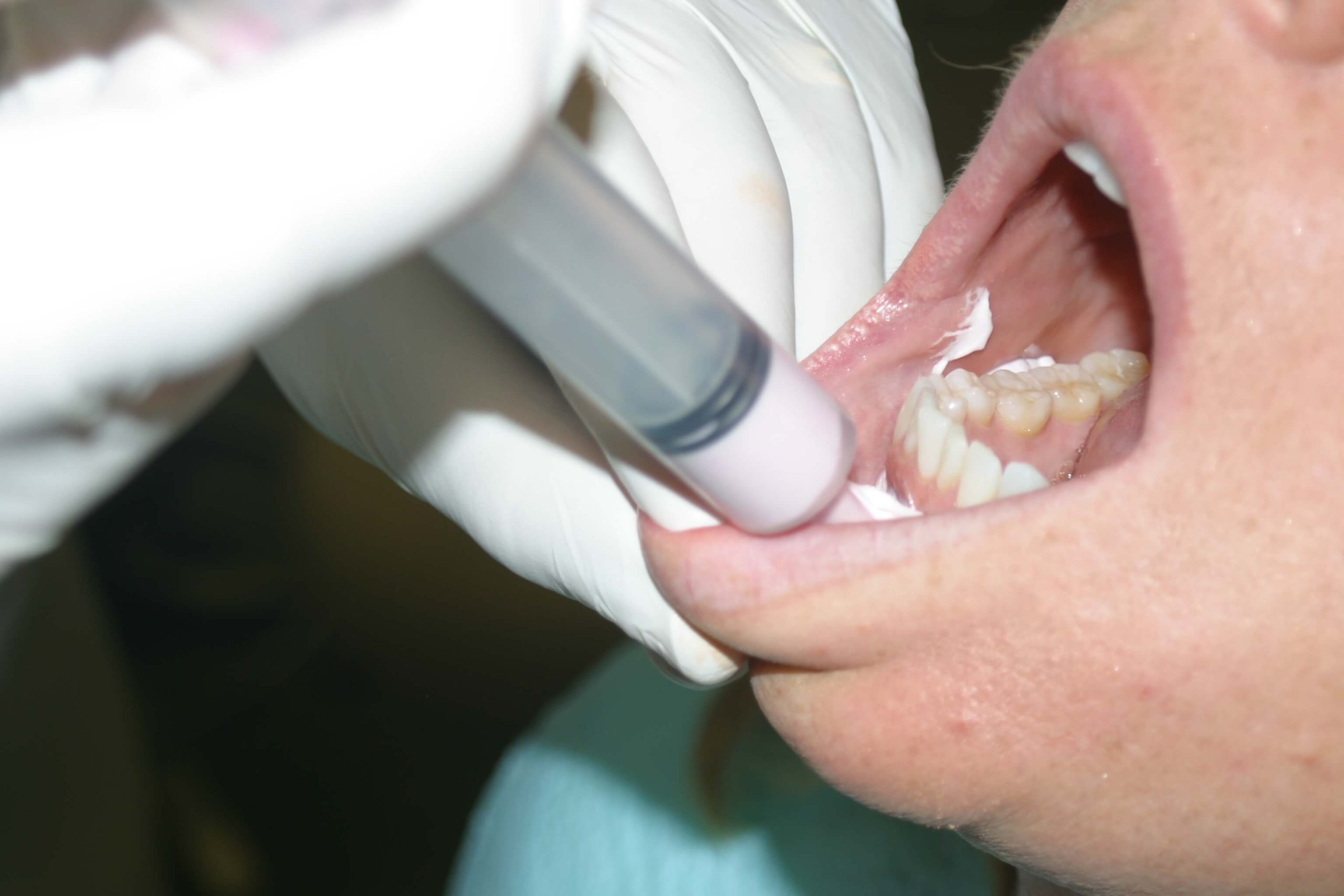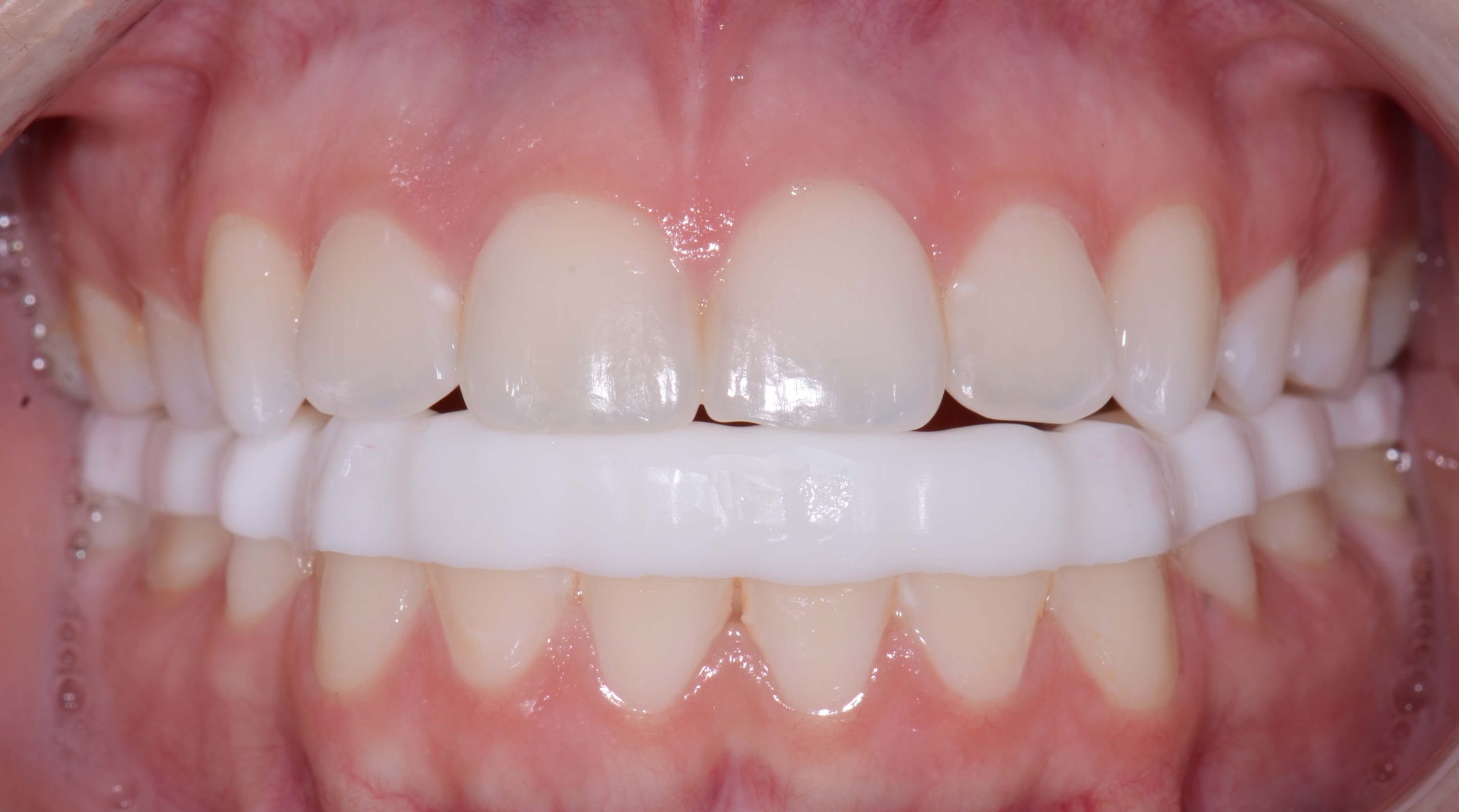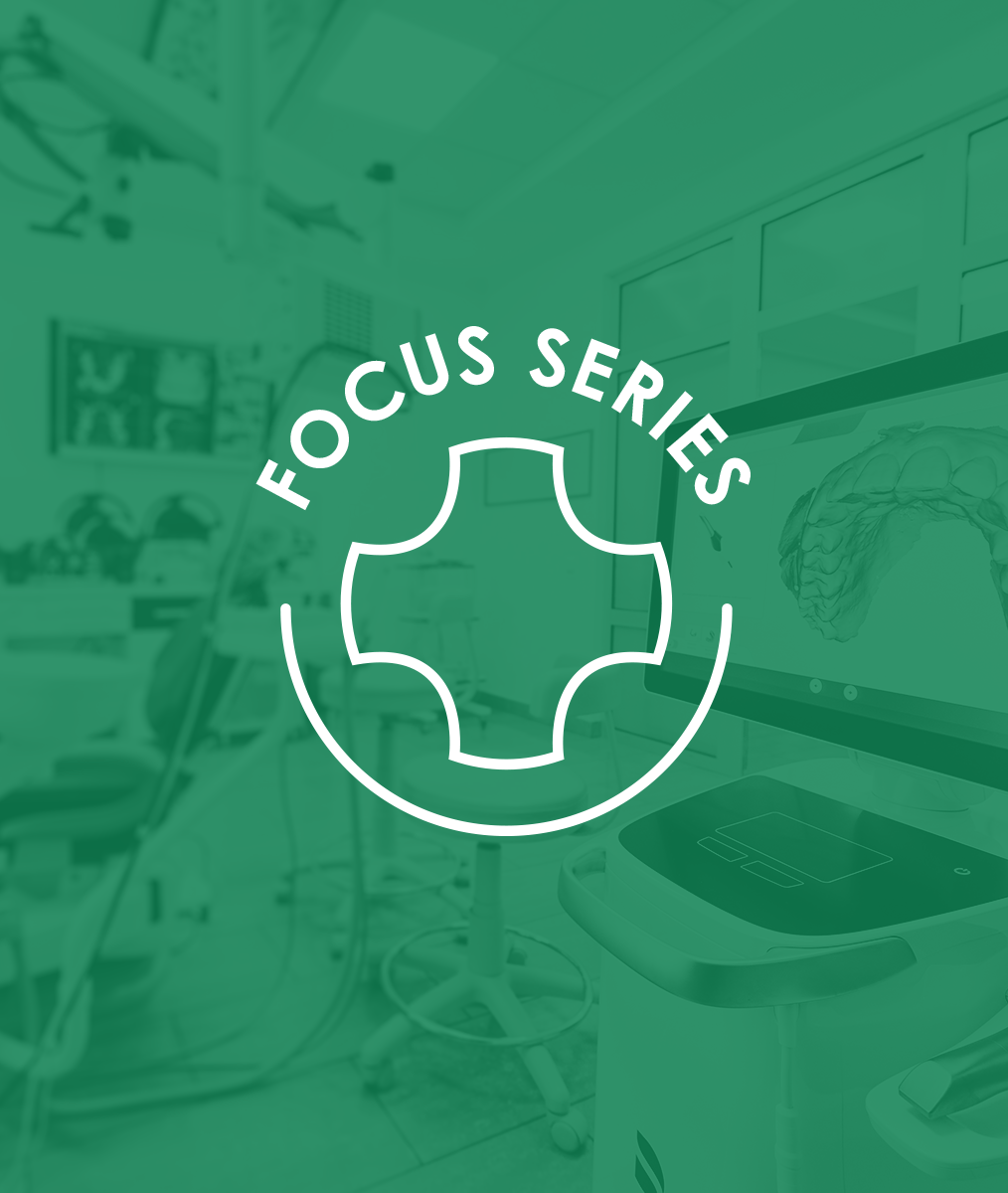Chlorhexidine Varnish & Tissue Management
One of the challenges we face today in dentistry is managing tissue health during the time period our patients are in provisonal restorations. This has become even more critical as we have incorporated more resin bonding techniques to seat indirect restorations. Isolation is critical to the long term success and can be challenging after multiple weeks in a bisacryl provisional.
We all stress oral hygiene to our patients during this time period, but let’s be honest there are barriers to optimal tissue health at the seat appointment. One barrier is often patients are fearful that their hygiene procedures will displace the provisional. This fear has them brush less vigorously, floss less or not at all, and even sometimes avoid that part of their mouths completely. Even when patients are undeterred int heir hygiene the provisional itself is often a barrier. Contacts can be less then optimal and increase interproximal food impaction. The Bisacryl itself, tends to hold and attract plaque due to a different surface texture even when finely polished.
Given the barriers and the goal of super healthy tissue, Chlorhexidine varnish (Cervitec Plus by Ivoclar) has become one of my favorite products. We are all familiar with the incredible anti-microbial effects of chlorhexidine, and also the reasons we dislike it. Cervitec does not have a bad taste, does not cause the typical brown staining, does not effect the patients taste buds, and they don’t have to remember to use it. Cervitec plus is a clear liquid applied with a micro-brush. At the end of any appointment where we have placed a provisional my assistants will coat the gingival margin with Cervitec as the last step before the patient leaves.
I have been using this as a critical step in my restorative procedures for over 5 years now, and I swear by it. I see almost perfect tissue health at seat appointments, and it is rare for me to struggle with isolation due to poor tissue management.
Related Course
Smile Design: The 7 Deadly Sins
DATE: October 10 2025 @ 8:00 am - October 11 2025 @ 3:00 pmLocation: Online
CE HOURS: 16
Dentist Tuition: $ 2295
Single Occupancy with Ensuite Private Bath (per night): $ 345
Designing Smiles is What We Do! From direct to indirect restorative – to clear aligners – to interdisciplinary care – designing smiles is what we do. Those who understand and…
Learn More>
